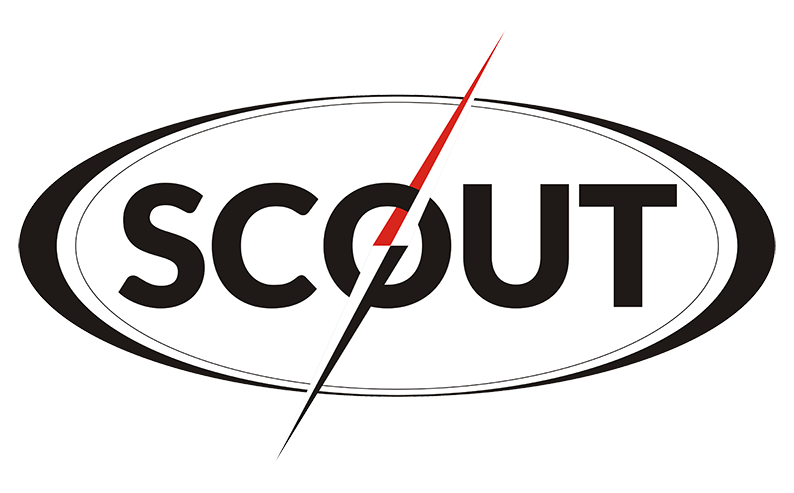In this article we will discuss how to calculate your ratio, identify a favorable ratio, and what lenders examine in your financial records. You’ll discover ways to improve your score and learn about the mistakes others often make. When the balance sheet is not so clearly presented as in the case above, liabilities will appear in an itemized column under the label Liabilities, while Assets will also appear in an itemized column.
- Different assets have different degrees of liquidity, meaning how easily they can be converted into cash.
- Compare that to equity financing, which is far more expensive as the stock market grows and equity prices increase.
- If a company has a negative debt ratio, it means that the company has negative shareholder equity.
- While this might seem manageable, the implications can vary significantly depending on the industry norms and the company’s specific circumstances.
- What’s considered a dangerous ratio in one industry might be perfectly normal in another.
Meaning: WHY Use Debt Ratio?
Investors can use other ratios if they want to evaluate a company’s short-term leverage and its ability to meet debt obligations that must be paid over a year or less. Business owners use a variety of software to track D/E ratios and other financial metrics. For example, Microsoft Excel provides a balance sheet template that automatically calculates financial ratios such as the D/E ratio and the debt ratio. The debt to asset ratio (D/A) is a useful metric to measure how much a company or an individual is leveraging their assets to finance their debt. However, like any other financial ratio, it has its limitations and drawbacks.
Common Mistakes and Pitfalls to Avoid When Using Debt to Asset Ratio
The growing reliance on debt could eventually lead to difficulties in servicing the company’s current loan obligations. This means that Company A has 33.3% of its assets financed by debt, and 66.7% by equity. This indicates that Company A is less leveraged than a company with a higher D/A ratio. Unfortunately it is not always easy for firms to ensure all https://www.errefom.info/9-lessons-learned/ debt to asset ratios are calculated the same.
The Sweet Spot: Industry Context Matters
Total assets represent the sum of a company’s current and non-current assets, which include cash, accounts receivable, inventory, property, plant, and equipment. Remember, analyzing the Debt-to-Asset Ratio should always be done in conjunction with other financial metrics, as it provides just one piece of the financial puzzle. Nonetheless, it remains a crucial tool in assessing a company’s financial stability, evaluating risk, and making informed investment decisions.
Debt-to-Assets Ratio vs. Other Financial Ratios
Ultimately, whether a debt to asset ratio is good or bad depends on a company’s specific context, including its growth plans, cash flow stability, and industry positioning. Declining ratios might reflect improving financial health, while consistent increases could warrant a deeper review of financial practices. Interpreting what constitutes a “good” or “bad” debt to asset ratio requires contextual understanding of industry norms and the specific financial strategy https://www.zwierzak-w-domu.info/getting-down-to-basics-with-6/ of a company.
How to Compare Debt to Asset Ratio Across Different Industries and Sectors?
A higher debt to asset ratio indicates a higher degree of leverage and a lower solvency. Failing to consider the growth and profitability potential of the company or the individual. The debt to asset ratio is a static measure that reflects the financial position of the company or the individual at a given point in time. However, it does not capture the dynamic aspects of the business, such as the growth and profitability potential, the competitive advantage, the innovation capability, the customer loyalty, etc. These factors can influence the future performance and value of the company or the individual, and affect their ability to repay their debt and increase their assets. To get a more comprehensive and holistic view of the company or the individual.
Always adjust calculations to account for evolving business conditions and align them with comprehensive financial evaluations for strategic insights. Evaluating business stability using the debt to asset ratio involves analyzing how well a company can sustain its operations without facing financial jeopardy. A balanced ratio indicates a mix of debt and equity that supports stability, suggesting that the company is neither overly leveraged nor too conservative with its borrowing practices. Companies whose nature is cyclical and cash flows fluctuate depending on market conditions or seasons, should keep debt within limits.
- Companies with robust, stable cash flows can manage higher ratios effectively, compared to those with erratic income streams.
- Studying the debt situation for any company needs to be part of your process.
- Our first guinea pig will be Microsoft (MSFT), and we will use the latest 10-k to calculate the numbers.
- Lenders often have debt ratio limits and won’t extend further credit to firms that are overleveraged.
- The liquidity and reliability of these assets are key factors in assessing the company’s ability to meet its financial obligations.
- A high debt to asset ratio can signal potential financial instability, while a lower ratio may indicate prudent management and greater financial flexibility.
Risks of misinterpretation
A ratio of 50% could be considered high in some industries, indicating a significant reliance on debt financing. However, in other industries, it may be relatively low and not cause for concern. One of the most direct ways to improve your debt-to-asset ratio is to create https://romanianoastra.info/the-ultimate-guide-to-22/ an aggressive debt payoff plan that prioritizes high-interest loans first.
